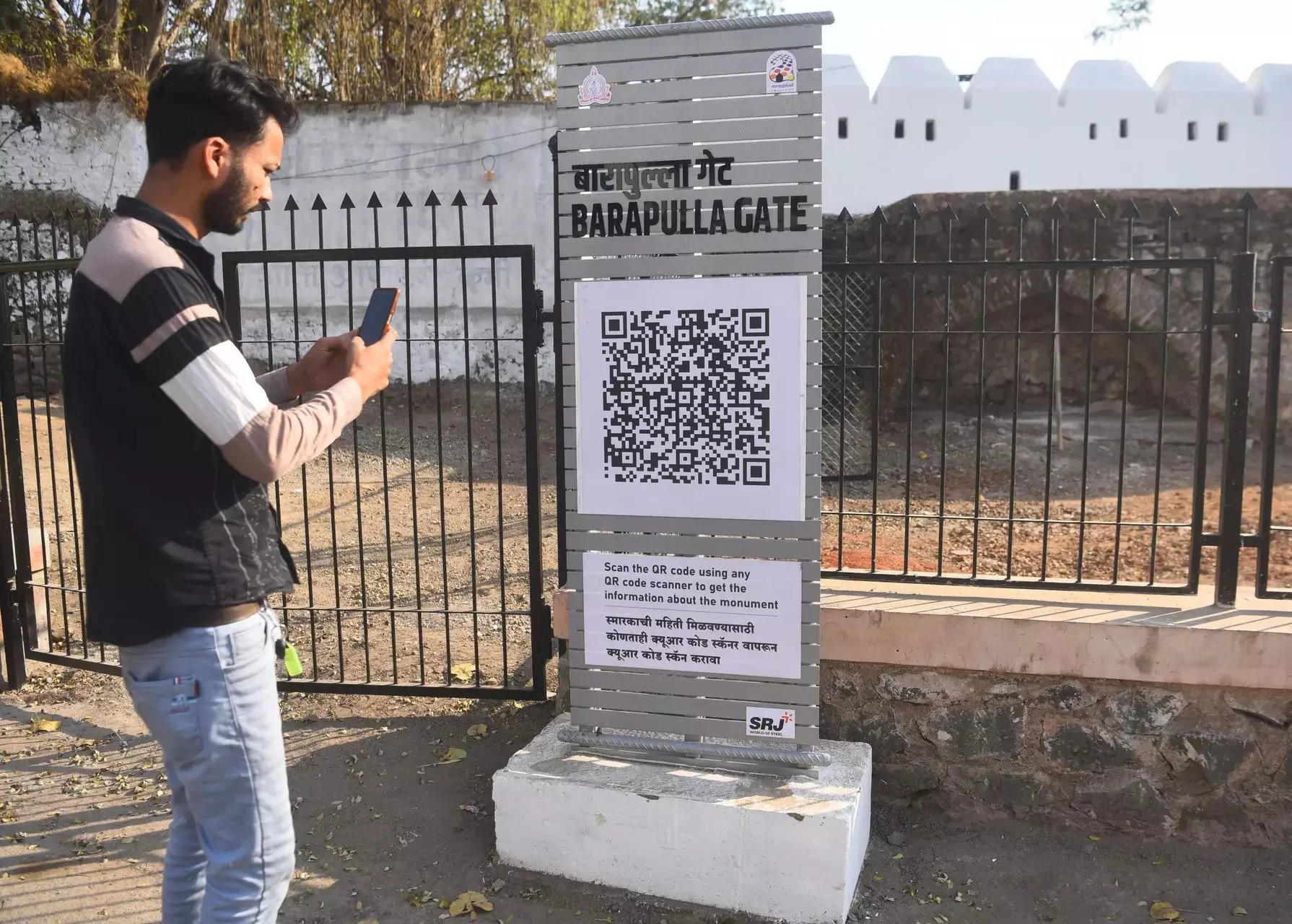India’s Booming Real-Time Payments Ecosystem: A Fintech Revolution
India is experiencing a remarkable surge in monthly real-time payments, with transactions skyrocketing from 2.6 billion to 13.3 billion over the past three years. This exponential growth can be attributed to the implementation of an alias directory and QR codes on top of the real-time payments infrastructure, driving unprecedented innovation in the fintech industry.
A recent BCG-QED investors report, based on interviews with over 60 global fintech CEOs and investors, delves into the key forces shaping the industry. It highlights the pivotal role of digital public infrastructure and government involvement in India’s success story. Karthik Ragupathy, head of strategy and investor relations at PhonePe, emphasized the importance of comprehensive solutions like India’s UPI and Brazil’s Pix for widespread adoption.
India has taken proactive measures to enhance consumer protection and regulatory clarity in the fintech sector. New notifications have been introduced to elucidate KYC and co-lending standards for fintech companies. In the US, the consumer financial protection bureau is gearing up to establish guidelines under the Dodd-Frank Act, empowering customers to control their financial data.
India’s Digital Public Infrastructure (DPI) stack comprises government-defined protocols across three layers, facilitating private sector innovation. With a foundational national digital ID, an interoperable instant payment platform, and consent-based data exchange, India’s fintech ecosystem is poised for sustained growth despite recent challenges.
In conclusion, India’s robust real-time payments ecosystem and supportive regulatory framework position the country as a fintech trailblazer on the global stage. As the industry continues to evolve and innovate, the future looks promising for fintech companies in India.









